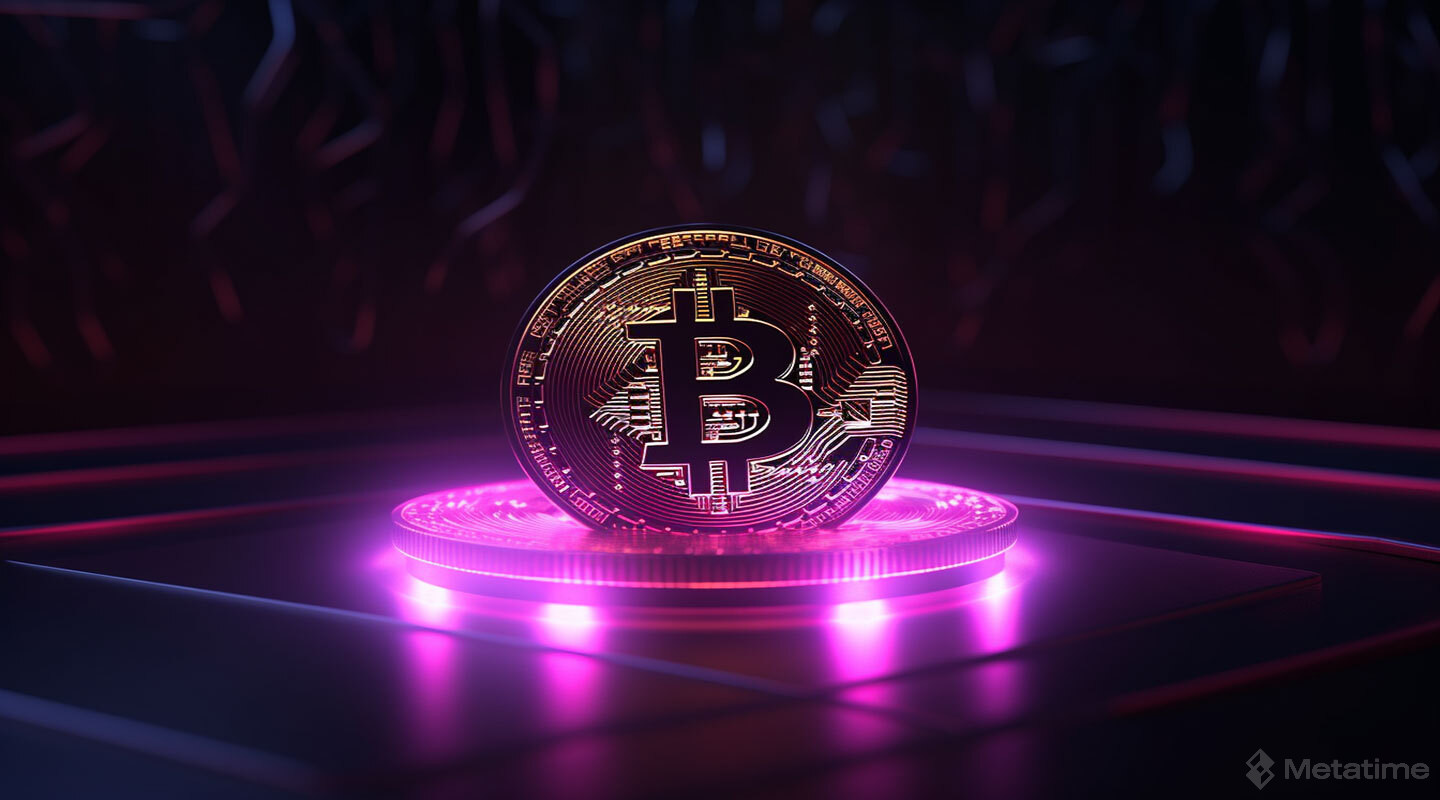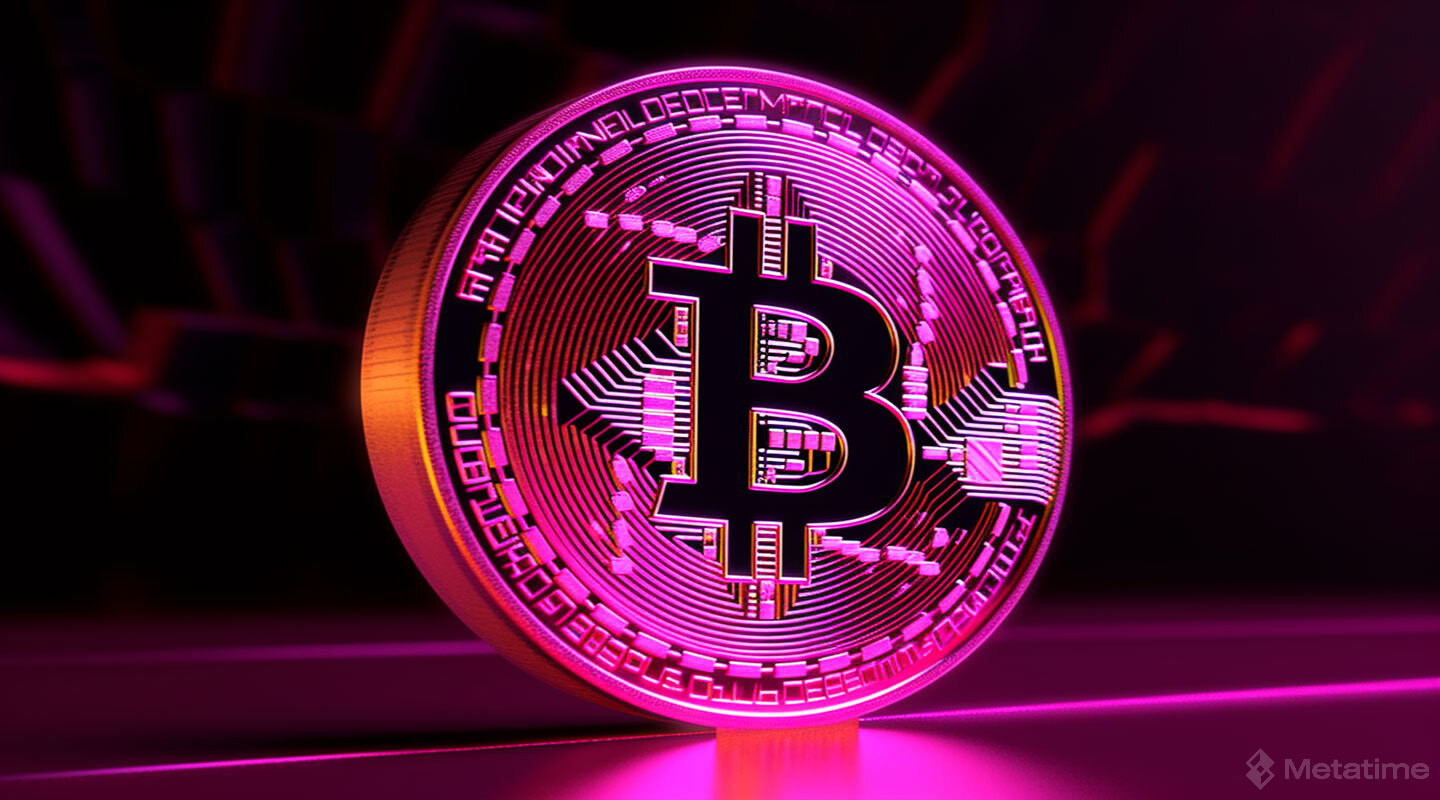Each transaction on a blockchain network requires the approval of miners on the network. It can take time for miners to approve these transactions. This time can vary depending on many different variables on the blockchain network. Mempool is a technology that allows transactions to wait correctly until miners provide the necessary approval.
Mempool ensures that each transaction is committed to blockchain networks and thus contributes to blockchain networks. Blockchain networks create permanent and immutable records of transactions. Thanks to mempools, these records can be committed to the blockchain network. In this process, blockchain networks need the use of mempools. A mempool is a dynamic structure in front of the blockchain network that enables processes such as block creation, transaction fee prioritization, and transaction queuing. Mempool can be likened to the cache memory used by traditional systems.

The concept of mempool derives from the Bitcoin blockchain network, one of the most popular blockchain networks. Mempool technology was first used in the blockchain space on the Bitcoin network. But not only the Bitcoin blockchain network uses mempool. Later blockchain networks also use mempool technology. For instance, Ethereum, another popular blockchain network, uses mempool under the name "Transaction pool" or "Transaction queue", although the name is different.
How Does Bitcoin Mempool Work?
Transactions on the Bitcoin blockchain network are first verified by nodes. These transactions are then confirmed by miners on the network. If the approval phase is completed, the transactions are included in the blocks. After these transactions are approved, they are verified by the nodes. In this process, the accumulated transaction density is kept on the mempool.
If the mempool size is higher than normal, it could mean that the Bitcoin blockchain network is being used frequently. A high Bitcoin mempool size means that there are many transactions waiting in line to be processed into blocks. Such situations indicate that the Bitcoin blockchain network is busy and that a large number of Bitcoin transfers are taking place.
How Is Bitcoin Mempool Process?
The step-by-step Bitcoin mempool process is as follows:
1.Transactions are carried out on the Bitcoin blockchain network.
2.These transactions are verified by Bitcoin nodes on the Bitcoin blockchain network.
3.The verified transactions are transferred to and stored in the Bitcoin mempool.
4.The transactions accumulated in the Bitcoin mempool are held until any miner confirms them.
5.Miners confirm the pending transactions in the Bitcoin mempool.
6.Confirmed transactions are committed to blocks on the Bitcoin blockchain network.
7.Transactions committed to blocks are deleted from the Bitcoin mempool.

What Is Bitcoin Mempool's Working Logic?
The Bitcoin mempool is the last place where any transaction is held before it is added to the blockchain network. Therefore, it is a very important factor for the organization of the blockchain network. All transactions on the Bitcoin mempool are preserved in the repositories of the nodes that perform the necessary verifications. The working logic of the mempool can be explained as follows:
1.On the Bitcoin blockchain network, transactions are held in the mempool before being confirmed.
2.Transactions in the Bitcoin mempool are preserved in the storage of the nodes that verify them.
3.If the blockchain network becomes congested, the order in which transactions are processed into blocks changes.
4.Transactions with high transaction fees are prioritized for processing on the blockchain network.
5.Transactions with low transaction fees may be removed from the Bitcoin mempool.
When the Bitcoin blockchain network is extremely busy, in-network transaction fees may change. At the same time, there may be changes in transaction speed, again depending on the congestion.
Within the Bitcoin blockchain network, some transactions are prioritized for processing into blocks based on density and the number of transactions verified in the Bitcoin mempool. The higher the number of transactions in the pool, the higher priority will be given to all transfers that pay a high transaction fee.

Congestion on the Bitcoin blockchain network and a backlog in the Bitcoin mempool can cause nodes to exceed their storage capacity. In such cases, the nodes will move transactions with high transaction fees to the front of the queue and remove transactions with low transaction fees from the mempool.
Why Is Bitcoin Mempool Important?
Transactions on the Bitcoin blockchain network need to be organized and sequential. This order and sequence can facilitate the work of miners on the blockchain network. At the same time, this order can also have a positive impact on the speed of transactions on the network. Bitcoin mempool manages all this order and sequencing. Without Bitcoin mempool, transactions on the Bitcoin blockchain network would not be ordered well enough, and there would be speed issues due to disorganization.
How Is Mempool Transaction Process on Ethereum Blockchain Network?
Different from the mempool process of the Bitcoin blockchain network, the mempool process on the Ethereum blockchain network can be expressed as follows:
1.Users create transactions and sign them with a private key.
2.Any node saves the transaction in the mempool.
3.While the transaction is pending in the mempool, the node verifies the transaction, if the verification is successful, the transaction is put on hold.
4.The node sends the pending transaction to other nodes in the network to add it to its mempool.
5.When a new block is created, a miner identifies the transactions with the highest gas price. At this stage, the transactions are taken off hold and are considered successful.
6.Transactions are added to new blocks and the process is complete.







